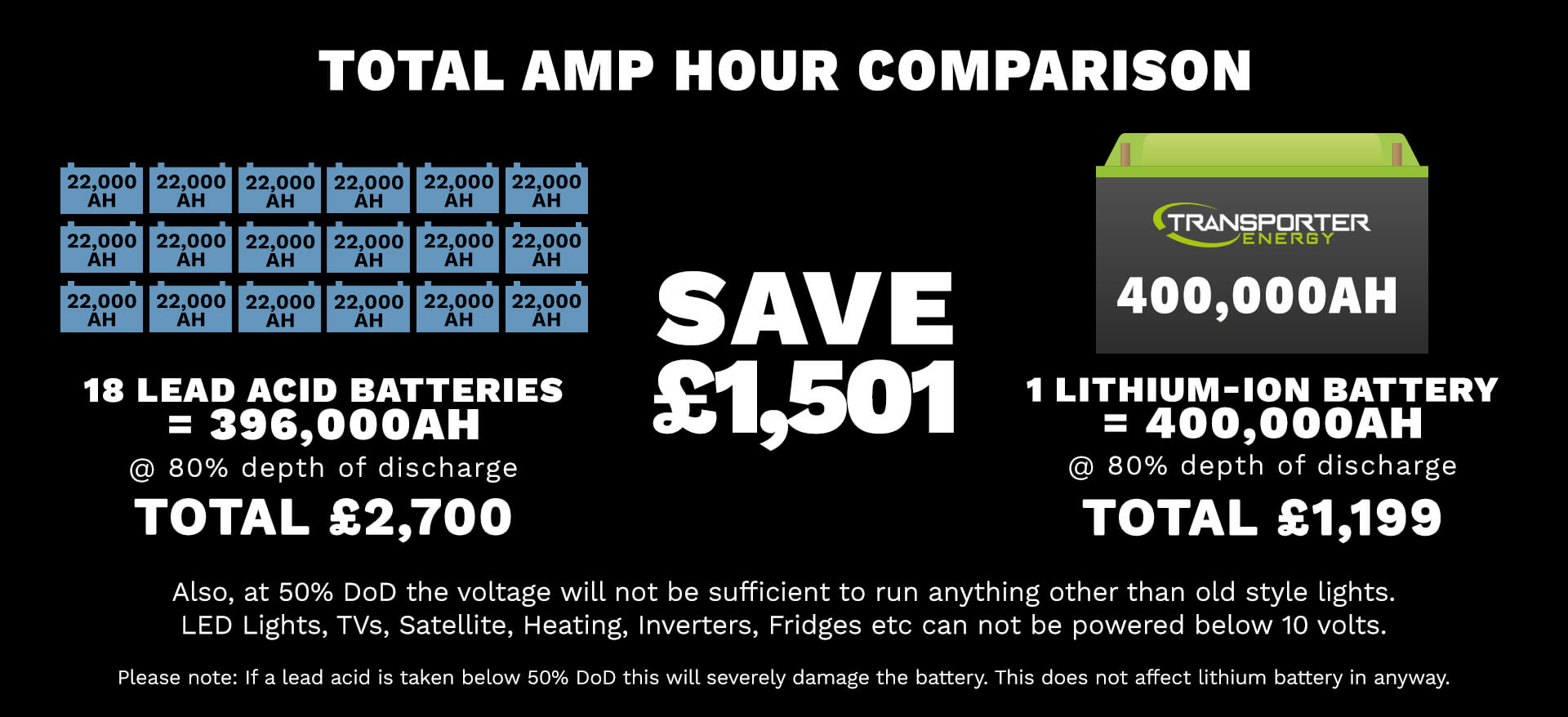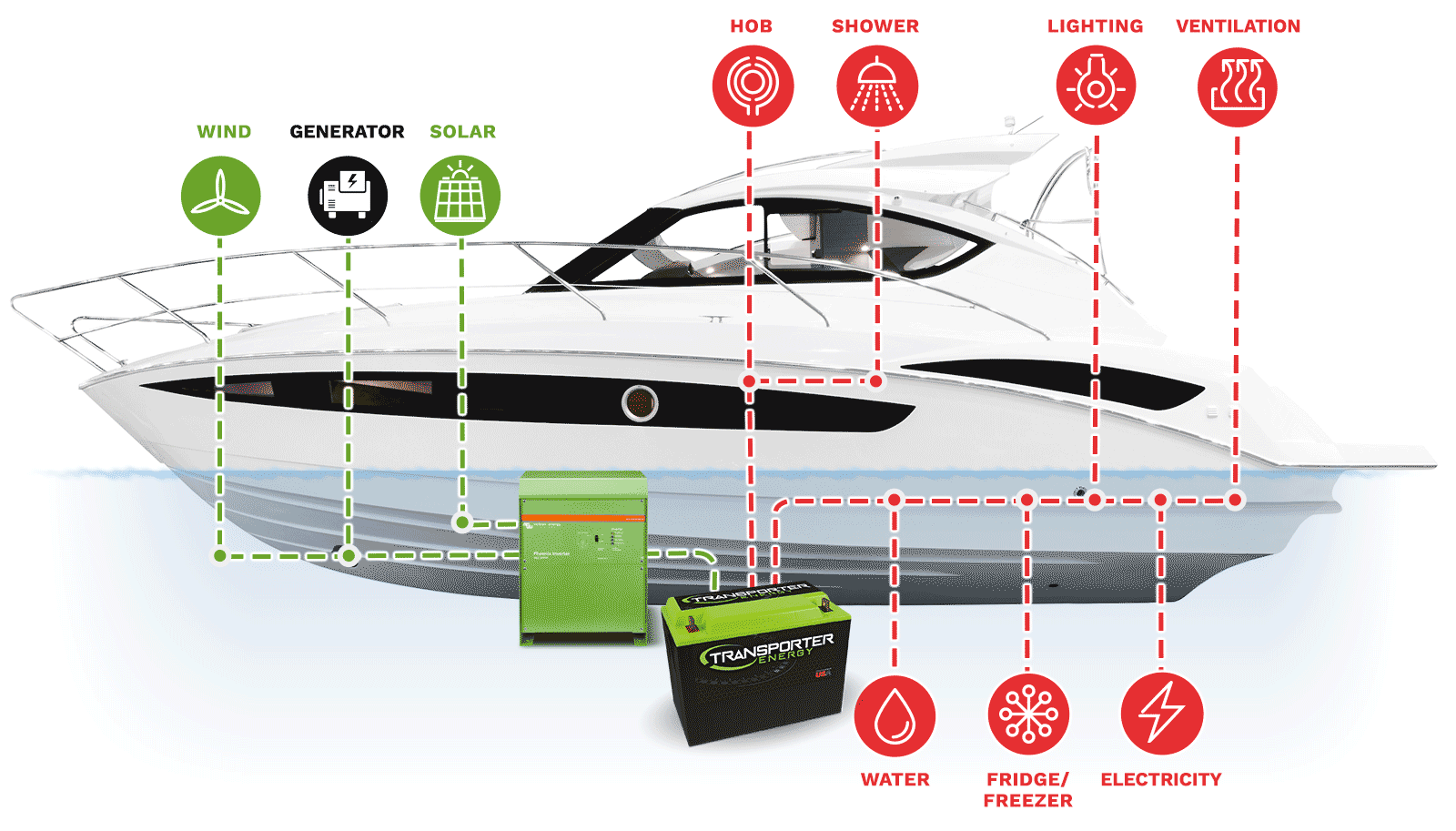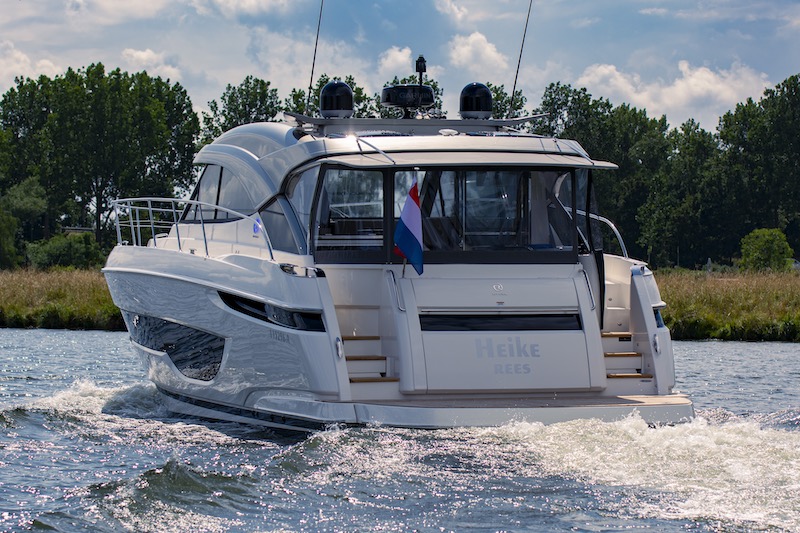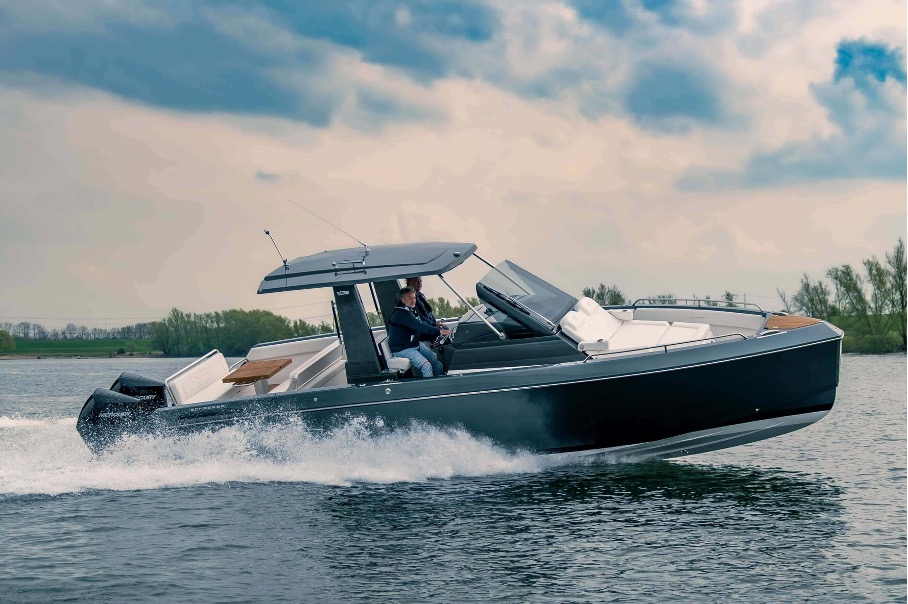For over 160 years, we have continued to use the same technology for rechargeable power from batteries. This lead-acid option invented in 1859 is still widespread today. Lead-acid batteries are cheaper and might be a suitable option for many, but when it comes to powering your boat, is lead the safest and most cost-effective option in the long run?
There are many reasons why lithium is the favoured technology across modern devices, notably for the power to weight ratio. Lithium batteries power the devices in our pockets and the hearts in some chests with pacemakers. These same benefits are clear for powering your boat’s electrics also. Transporter Energy are Lithium battery experts and put their Lithium-Ion Battery LiFePO4 to the test against a lead AGM battery and show how the results can benefit us all when out at sea.
More Power for Longer
*Amp-hours (Ah), this will tell you the amperage a battery can produce over an hour.
*Depth of Discharge (DoD). The measure of the percentage of charge, where 100% full charge is 0%DoD.
- The average lead-acid has a total of 22,000Ah at 50% depth of discharge.
- The 100Ah Transporter Energy Lithium battery, however, creates 400,000Ah at 80%DoD in comparison.

There would have to be 18 lead batteries to achieve a similar level of ampere-hours.
For the capability and size difference of over 17kg, lithium is, without doubt, the best option to keep the weight down, whilst having sufficient power left. The lead option, however, can’t run lower than 50%DoD, as this will cause permanent damage. At that level a lead battery will struggle to power appliances on a vessel, as the voltage will drop below the 12v needed by most equipment.
Charge & Lifespan
Lithium batteries not only charge 10x faster but once charged, they can be left for up to 4 months while still retaining 90% charge. This is perfect for the marine application, which can be sporadic in use or ideal for those that liveaboard and want reliability from constant use. Another massive benefit of the modern lithium option is that it can be used when not at full charge, whereas this is particularly damaging for the lead-acid batteries. When left for extended periods, a lead-acid battery will risk going flat and losing overall lifespan if not left at full charge. The generating time of the Transporter Energy battery was 70% faster with the capability to discharge nearly 100% of its power with no loss of efficiency. That’s more power at your disposal with less of the time taken up generating, meaning more time out on the boat! Having a battery that doesn’t need regular maintenance and won’t need replacing after a few years is already a rare part of your boat, but one that is also the cheapest option in the long run. Each battery is expected to last 15 years but guarantees ten of those years with a decade warranty. Even after 5000 cycles, these batteries retain up to 80% of their rated capacity. This is why they are more expensive up front, but lithium batteries can be added on to. It is possible to start with one lithium battery and build on more overtime, which you can’t do with lead-acid, nor would you want to with all of the added weight. Transporter Energy is keen to help customers with the investment by offering 0% interest loans (see website for details).
Having a battery that doesn’t need regular maintenance and won’t need replacing after a few years is already a rare part of your boat, but one that is also the cheapest option in the long run. Each battery is expected to last 15 years but guarantees ten of those years with a decade warranty. Even after 5000 cycles, these batteries retain up to 80% of their rated capacity. This is why they are more expensive up front, but lithium batteries can be added on to. It is possible to start with one lithium battery and build on more overtime, which you can’t do with lead-acid, nor would you want to with all of the added weight. Transporter Energy is keen to help customers with the investment by offering 0% interest loans (see website for details).
Safety
Some might be wary of making the switch, having never previously needed these premium batteries and been put off by some of the horror stories from phone batteries exploding. These are NOT the same Lithium as in phone batteries, Transporter Energy batteries are LiFePO4 and have no harmful chemical leaks as with certain traditional batteries. Transporter Energy batteries are designed for boats. Passed first time by INTERTEK in the USA, making it safe enough to be transported by plane, (a rare significance in battery safety) as well as being CE approved in the UK and Europe. Lithium batteries are so powerful that the use of the highly falmmable LPG gas onboard can be eradicated by going fully electric. No need for the safety checks, certifications and worries that come with fittings and leaks when you have the power provided from Transporter Energy. Once you’ve used gas, it’s gone, you can’t put it back! With a renewable Transporter Energy system it’s just a matter of waiting for the wind to blow or sun to come up. The 95% efficiency of Lithium means that you can make the most of the green energy sources on your boat. This means that nearly all solar and wind energy that is received on your boat will be stored and available. The world-famous SV Delos sailing boat did just that.
“No more hunting around random countries seeking out propane refills and different tank adapters at every port. Not having to store a highly flammable gas onboard is a really big deal.” - Captain Breeyawn
Find out more about the SV Delos Journey here.
Lithium batteries are so powerful that the use of the highly falmmable LPG gas onboard can be eradicated by going fully electric. No need for the safety checks, certifications and worries that come with fittings and leaks when you have the power provided from Transporter Energy. Once you’ve used gas, it’s gone, you can’t put it back! With a renewable Transporter Energy system it’s just a matter of waiting for the wind to blow or sun to come up. The 95% efficiency of Lithium means that you can make the most of the green energy sources on your boat. This means that nearly all solar and wind energy that is received on your boat will be stored and available. The world-famous SV Delos sailing boat did just that.
“No more hunting around random countries seeking out propane refills and different tank adapters at every port. Not having to store a highly flammable gas onboard is a really big deal.” - Captain Breeyawn
Find out more about the SV Delos Journey here.
David Scott Cowper- ‘My life depends on my equipment choice.’
David Scott Cowper, the renowned yachtsmen, was the first solo man to set sail in both directions around the world and to do so singlehanded via the Northwest Passage. No one is more aware than David, that making sure he chooses the most reliable equipment is vital to his safety. He had recently fitted his 48ft aluminium ice-class boat ‘Polar Bound’ with a bank of Transporter Energy batteries. Due to being in the Arctic for months at a time, David searched extensively for the best possible equipment that he could trust with his life. David’s wealth of experience of the effect that these demanding explorations have on his gear meant that only the most reliable, durable and efficient would do. This is why he chose Transporter Energy for his power source.
At Boats and Outboards, we also recommend Transporter Energy as the best provider for all of your power on board. Whenever you buy equipment for your boat, whether an arctic explorer or not, ensuring that you buy quality is crucial to your safety and keeping costs down in the grand scheme. With all of the benefits above, the 0% finance, ten-year warranty and 15 years life expectancy, this battery is a superb investment saving you a lot of money and stress-free time.
For more information on making the switch and fitting a new lithium system on your boat, visit Transporter Energy.
Or read the FAQs for the facts, options and applications available, including 0% finance across the 15-year life cycle!
Transporter Energy is the UK / European distributor and division of Dragonfly Energy. Dragonfly Energy are at the forefront of battery research and design at producing the most efficient lithium-ion batteries and energy storage products. For more information, find their contact details here.
Due to being in the Arctic for months at a time, David searched extensively for the best possible equipment that he could trust with his life. David’s wealth of experience of the effect that these demanding explorations have on his gear meant that only the most reliable, durable and efficient would do. This is why he chose Transporter Energy for his power source.
At Boats and Outboards, we also recommend Transporter Energy as the best provider for all of your power on board. Whenever you buy equipment for your boat, whether an arctic explorer or not, ensuring that you buy quality is crucial to your safety and keeping costs down in the grand scheme. With all of the benefits above, the 0% finance, ten-year warranty and 15 years life expectancy, this battery is a superb investment saving you a lot of money and stress-free time.
For more information on making the switch and fitting a new lithium system on your boat, visit Transporter Energy.
Or read the FAQs for the facts, options and applications available, including 0% finance across the 15-year life cycle!
Transporter Energy is the UK / European distributor and division of Dragonfly Energy. Dragonfly Energy are at the forefront of battery research and design at producing the most efficient lithium-ion batteries and energy storage products. For more information, find their contact details here.

